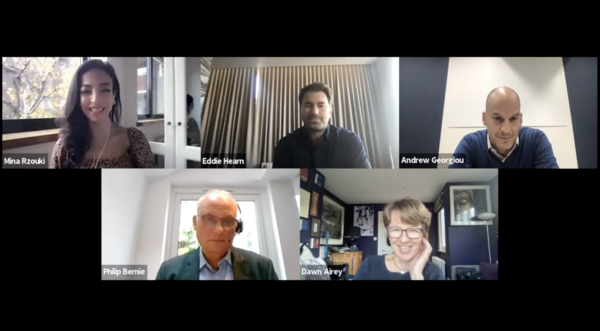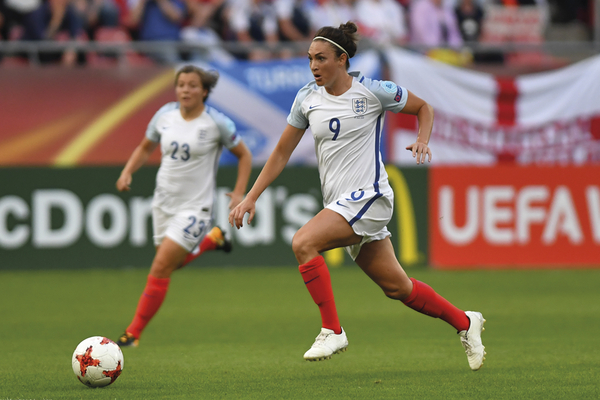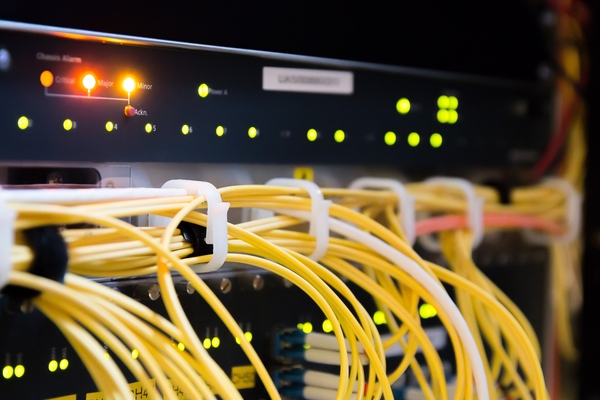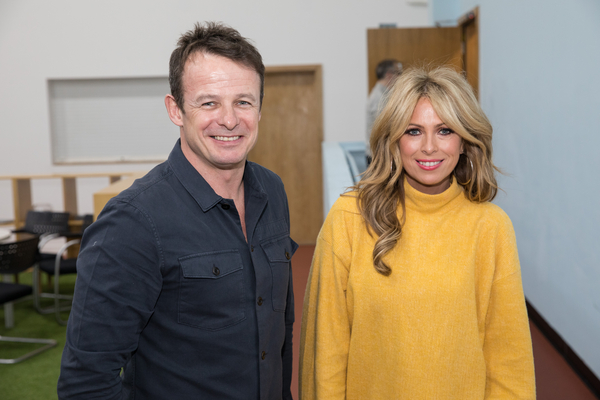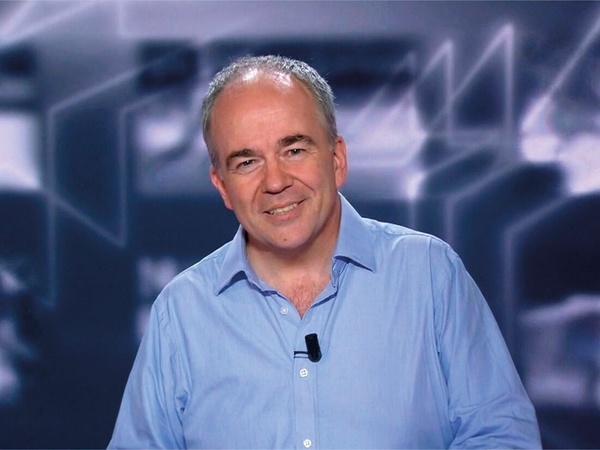Industry experts discuss the future of sport on TV
Women’s football is “a success story but it’s only just beginning”, argued Dawn Airey, Chair of the Barclays FA Women's Super League and former Channel 5 Chair. “If you can’t see it, you can’t be it. We want young women to see you can play football at a very high level and make a really good career out of it.”
Free-to-air access, she said, was “absolutely critical”, adding that women’s football has to balance “revenue and reach. We need to drive money into the game but we absolutely want engagement, and to get engagement you need that fee-to-air opportunity.”

